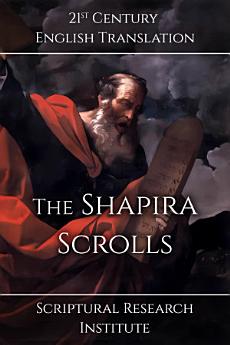The Shapira Scrolls
Tungkol sa ebook na ito
Several reasons were given for the initial claims that the strips were a forgery, including the script, language, and content. The script is a form of Phoenician, similar to the Moabite script of the 800s BC, however, the language includes Imperial Aramaic terms not used until the Persian era, several centuries later. The content is not a match for any surviving translation of Deuteronomy, however, it does include many parallel statements. Some of the statements are somewhat heretical, however, they do seem similar to the beliefs of the Hasidian and Tobian sects reported to have been living in the region under Greek rule between 330 and 240 BC.
Moses Shapira had previously been involved in the discovery and authentication of both authentic and fraudulent artifacts for the museums and universities of Europe, including five scrolls inscribed on leather sold in 1870, that were later assumed to be forgeries in 1884 and have subsequently disappeared. His biggest ‘swindle’ was thousands of fake Moabite artifacts labeled as Moabitica, which were apparently dug up at a site in the Arnon Valley of modern Jordan. These artifacts included stone heads, and clay vessels inscribed with Moabite text, and were dug up by both Shapira’s workers and German scholars, who later assumed Shapira’s people hid the artifacts there for them to find. The Altes Museum in Berlin bought the largest collection of these artifacts, at 1700, however, there were additional sales to other institutions and individuals across Europe, and the total number of artifacts is unknown.







